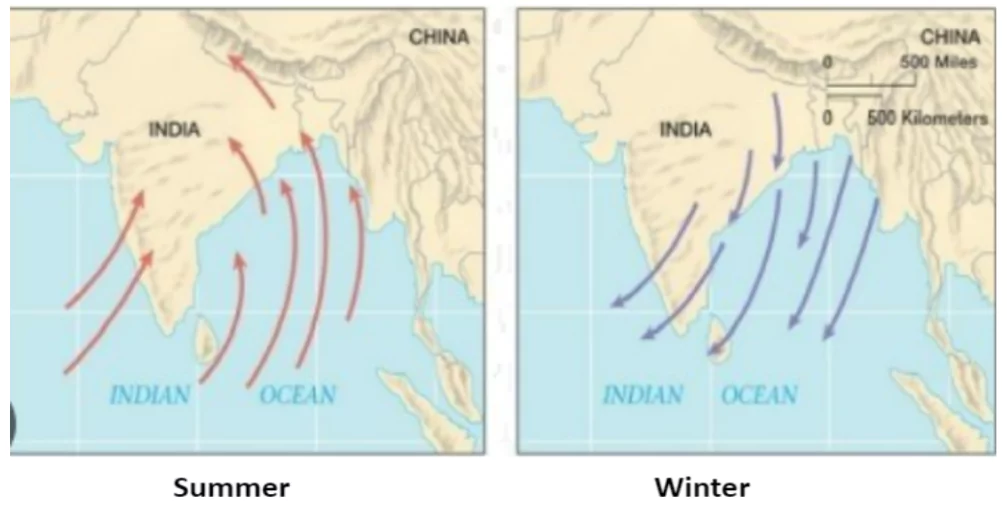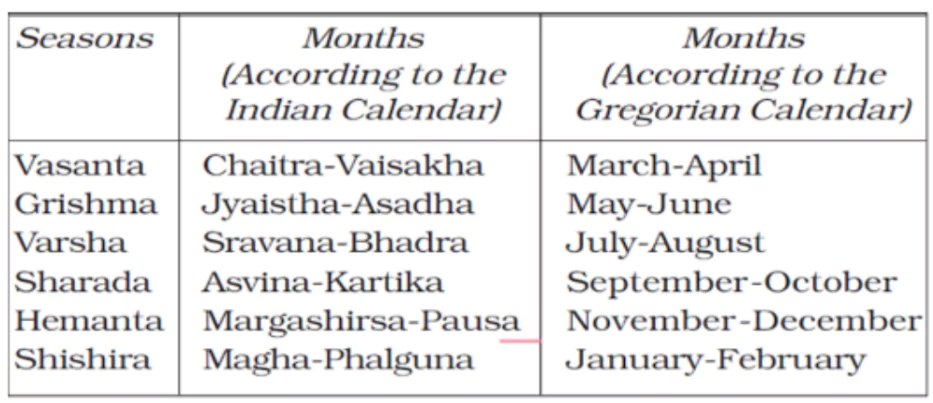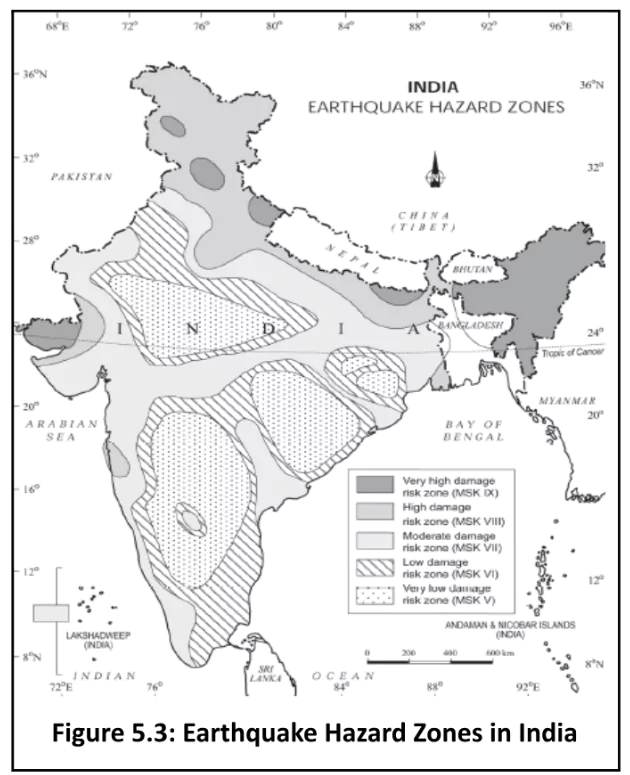![]() May 4, 2024
May 4, 2024
![]() 8536
8536
![]() 0
0
The southwest monsoon season in India marks the arrival of much-awaited rainfall, crucial for agricultural activities and replenishing water sources. It is driven by seasonal wind reversals and the shifting of the Inter-Tropical Convergence Zone (ITCZ); this monsoon system brings relief from the scorching summer heat. Understanding the mechanisms behind this phenomenon helps in anticipating its onset and assessing its impact on various regions across the country.
 Inter-Tropical Convergence Zone (ITCZ): It is a low-pressure zone located at the equator
Inter-Tropical Convergence Zone (ITCZ): It is a low-pressure zone located at the equator
 Arabian Sea branch
Arabian Sea branch
|
The Retreating Monsoon Season (The Transition Season)
In Indian tradition, the year is distinctively divided into six seasons, each lasting two months.

 Low Rainfall Zones: with rainfall between 50-100 cm; western Uttar Pradesh, Delhi, Haryana, Punjab, Jammu and Kashmir, eastern Rajasthan, Gujarat, and the Deccan Plateau.
Low Rainfall Zones: with rainfall between 50-100 cm; western Uttar Pradesh, Delhi, Haryana, Punjab, Jammu and Kashmir, eastern Rajasthan, Gujarat, and the Deccan Plateau.| Must Read | |
| Current Affairs | Editorial Analysis |
| Upsc Notes | Upsc Blogs |
| NCERT Notes | Free Main Answer Writing |
The southwest monsoon season plays a key role in shaping India’s climate and economy, with its arrival and intensity significantly impacting agricultural productivity, water resources, and overall livelihoods. The complex interplay of atmospheric and oceanic phenomena, such as the ITCZ shift, jet streams, and ocean currents, influence the distribution and variability of rainfall across different regions. By studying these patterns, we gain insights into the dynamics of the monsoon and its profound significance for the Indian subcontinent.
<div class="new-fform">
</div>

Latest Comments